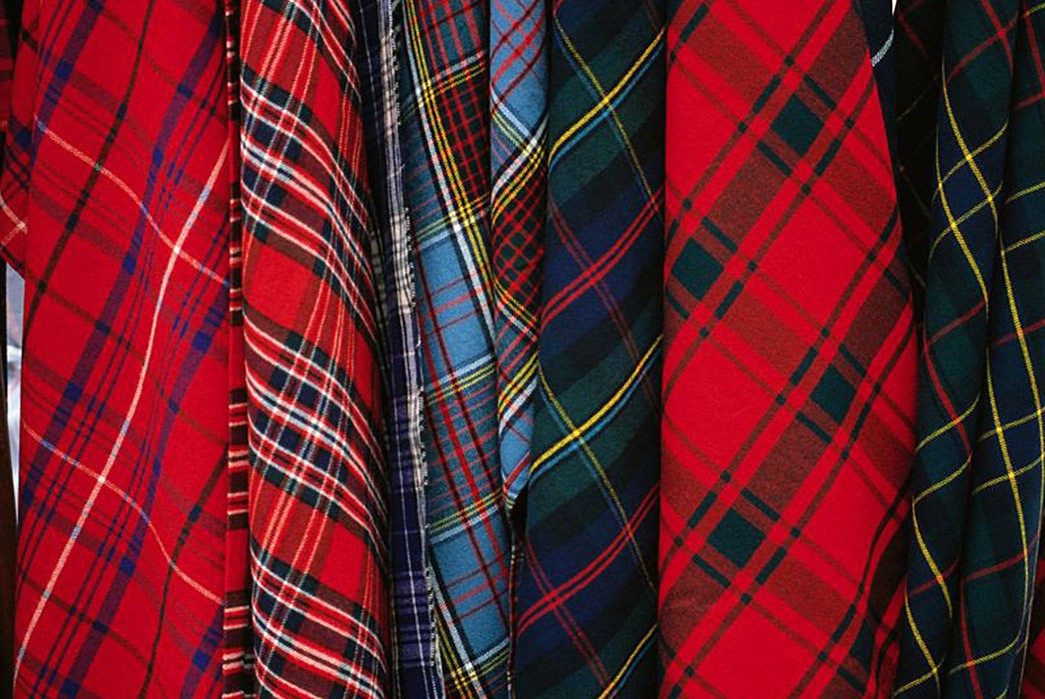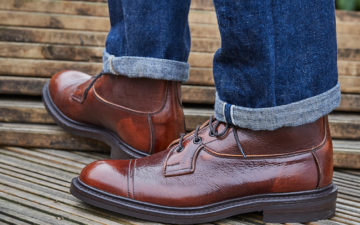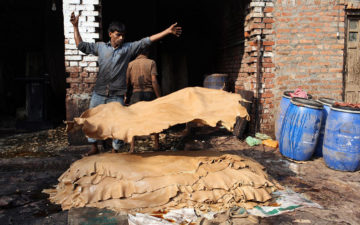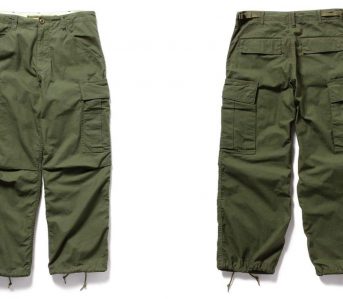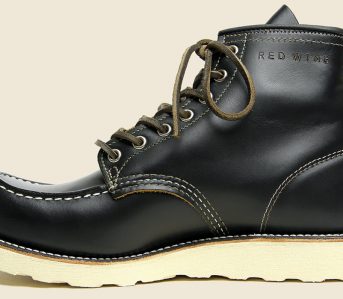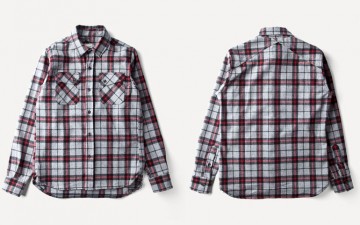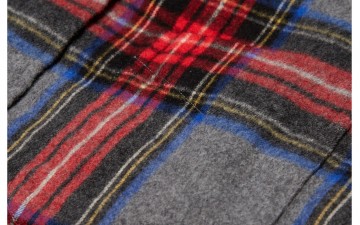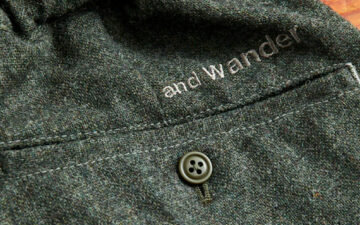We can thank the Scottish for many fine inventions, but while the telephone, whiskey, and postage stamps are all pretty useful, we’d all be lost without a bit of plaid in our wardrobes.
From cowboys to hipsters, Clint Eastwood to Kurt Cobain, plaid can be worn by everyone and anyone. But not everyone can tell the difference between Windowpane and Buffalo Plaid, so today we’ll give you the lowdown on plaids, and how to identify seven of its most popular variants.
What Is Plaid?
By simple definition, plaid is a pattern consisting of vertical and horizontal bands that cross-over in varying sequences to create a ‘checked’ or ‘boxed’ pattern, and the bands are colored to contrast against the main color of the fabrics. Unlike some patterned fabrics, plaid patterns are actually created during the weaving process, by using different colored yarns and specific processes for different varieties. Plaid can be found on wools, flannels, poplins, broadcloths, and other fabrics
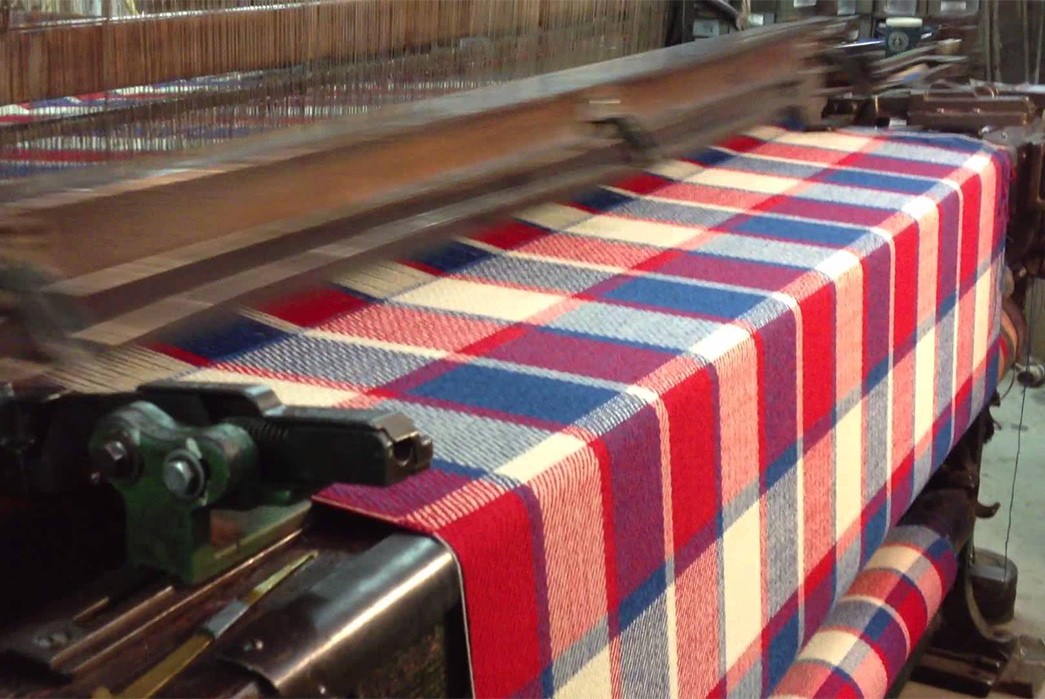
Plaid originates in Scotland, where it is authentically known as ‘tartan’. Over 3,000 years ago, Scots wore tartan to represent their family clans across the Scottish Highlands. Skip forward to present day, and the pattern, in all its varieties, has become a fashion staple across the board. But some plaid varieties worn today still have a long-standing symbolic history.
Seven Plaid Patterns To Know
Blackwatch
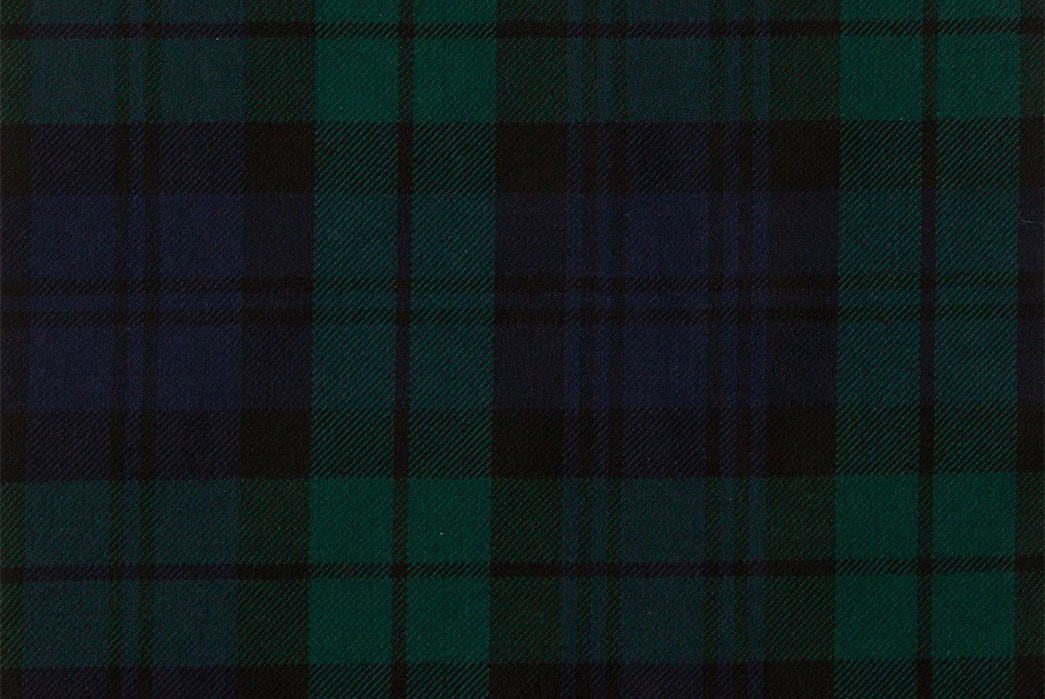
Image via Lochcarron.
Black Watch was first introduced in the early eighteenth century as a pattern to be worn by the British government forces employed to disarm the rebellious Highlanders, which basically meant preventing criminal activity and retaining a general sense of order in the Highlands. Black Watch plaid has a few variants with minor differences, but it can always be identified by its subdued, dark green, navy, and lighter green tones.
Royal Stewart
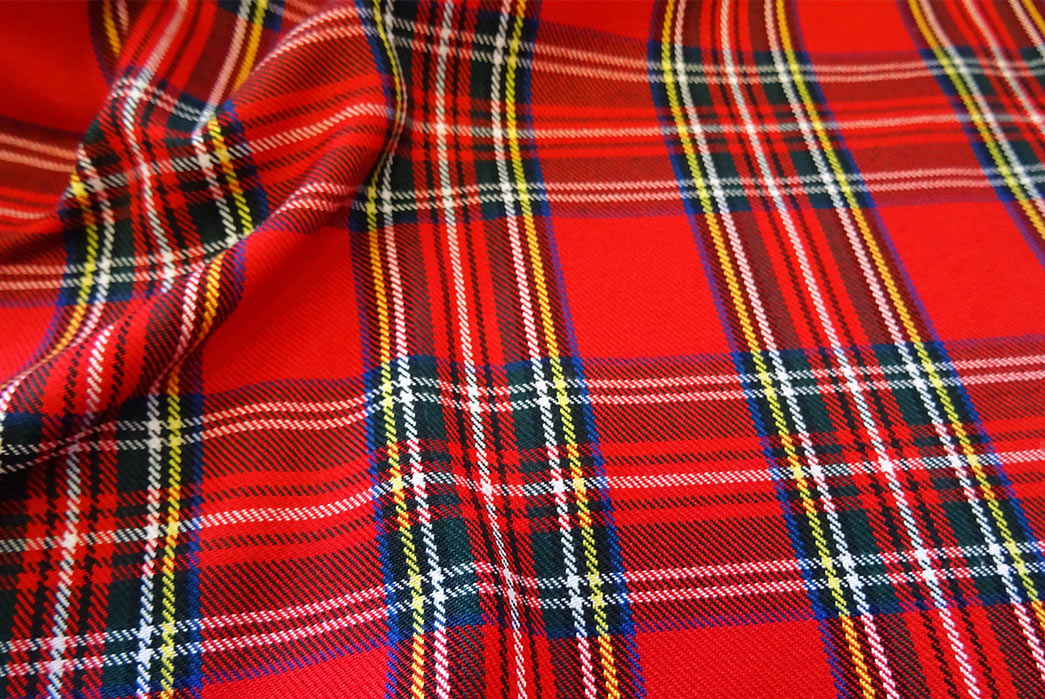
Image via UK Fabrics Online.
By far the most recognizable of all the Scottish Tartans, the Royal Stewart is the favored tartan of Queen Elizabeth of England and is named after the royal Scottish House Of Stewart. It’s attachment to the monarchy led it to be used as a symbol of rebellion within the British punk movement of the ’70s, with iconic punk-designer Vivienne Westwood using the fabric as a satire on the upper-class.
Royal Stewart is distinguished by a bold red base color streaked with contrasting multi-colored bands, bands which always include bright shades of yellow, blue, green, and white.
Glen Plaid
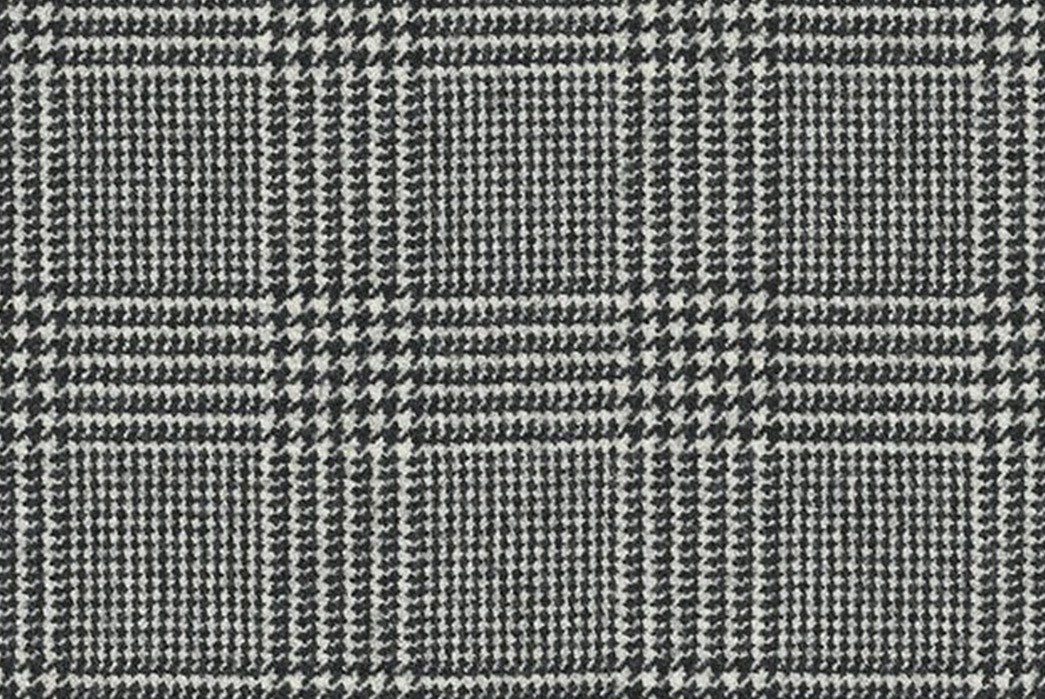
The Glen Plaid, or Glen Check, is a tiled pattern that consists of houndstooth and other pin-checked patterns. It’s often known as the Prince of Wales check, after the British monarch who wears the pattern so often. The Glen Plaid also made front-page news when Ronald Raegan wore a suit made of the checked fabric, which was smashed by the press as an un-presidential outfit choice.
Windowpane
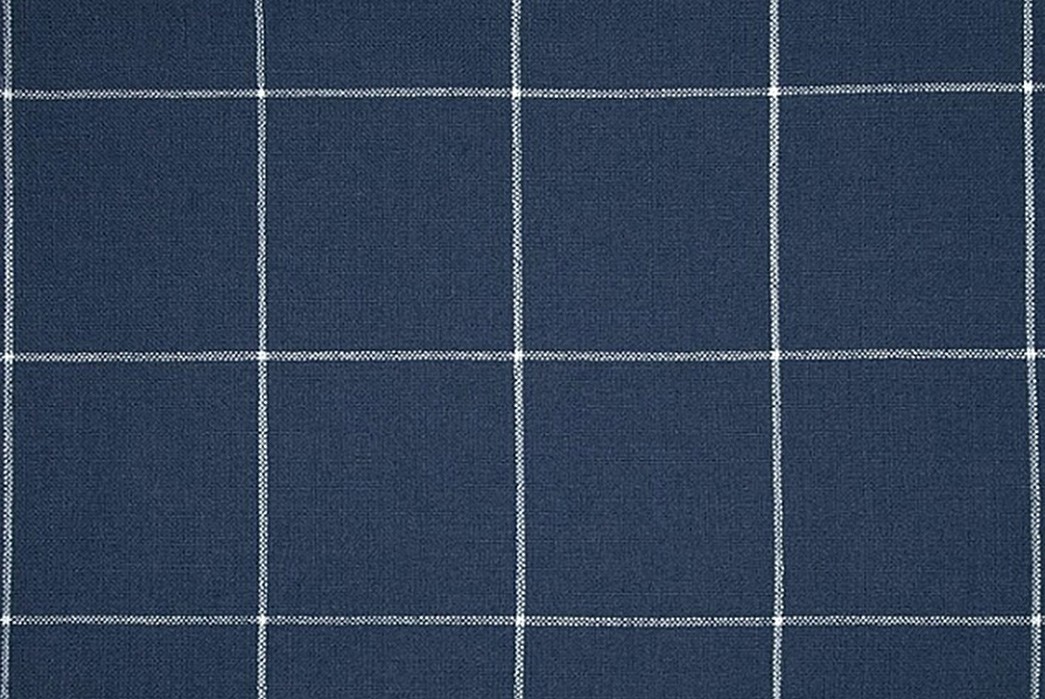
A minimal-yet-bold plaid, Windowpane consists of thin stripes, which cross over to form large checks. Windowpane plaids will usually consist of just two colors, making for a smarter option that can be dressed up or down.
Tattersall
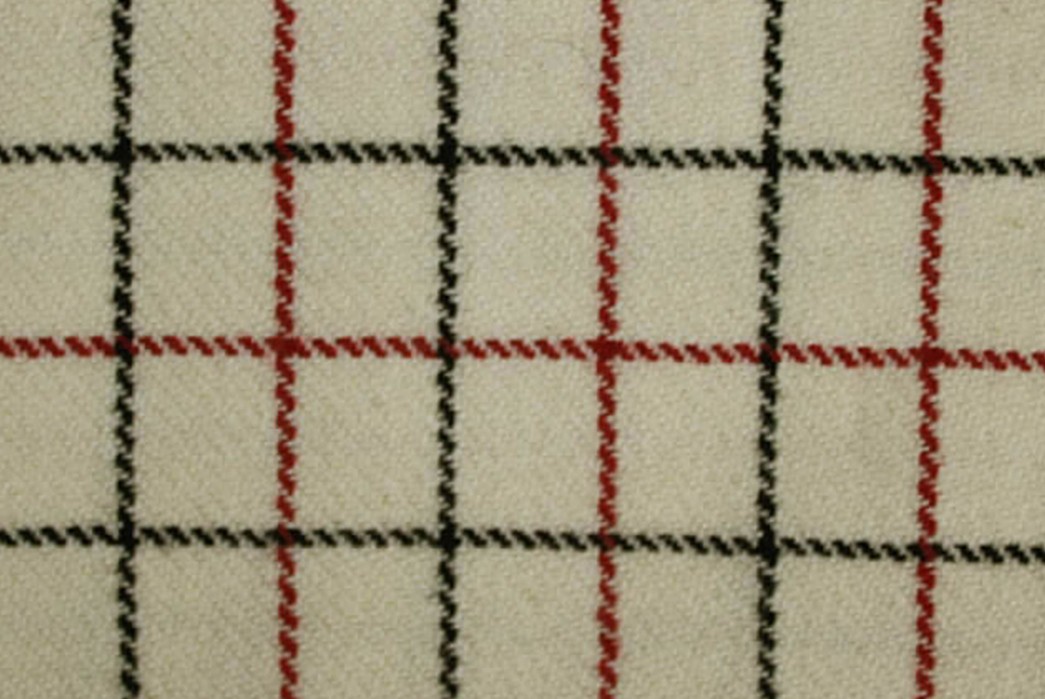
Image via Fabric Picker.
Tattersall is composed of thin bands which cross over evenly throughout, resulting in a sequence of small squares. The pattern gets its name from Tattersall’s Horse Market, a bloodstock auctioneer which started in 1766 and still trades Horses to this day. During the eighteenth century, Tattersall’s sold horse-blankets which featured this plaid.
Madras
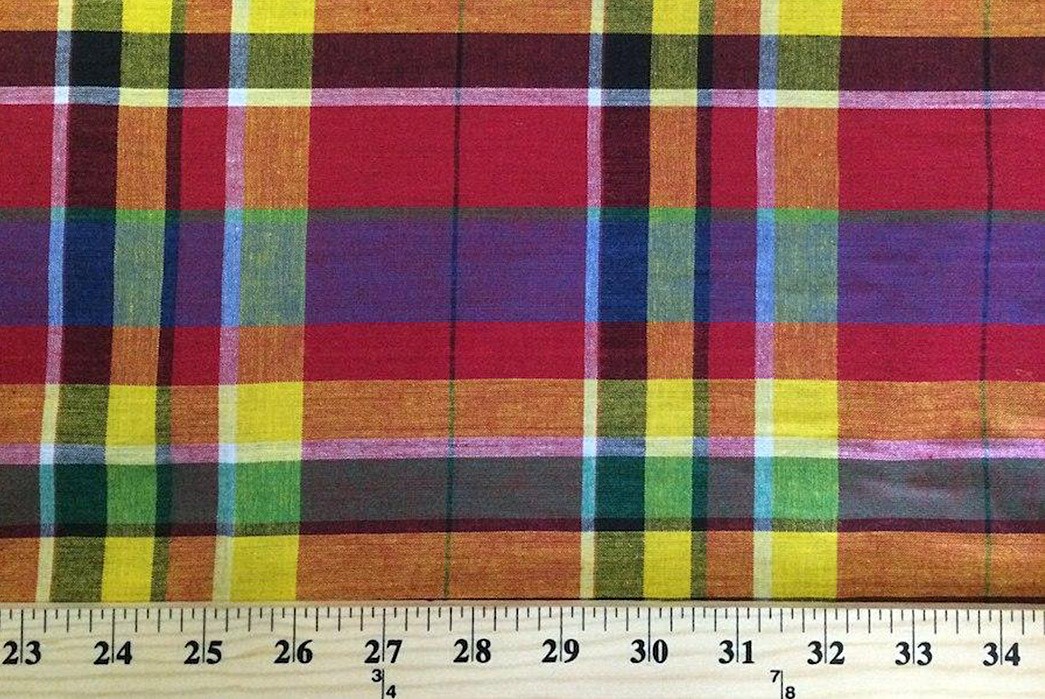
Image via Modern Man Collection.
Nothing screams ‘Summer’ more than a madras shirt. This plaid is named after the Indian city of Chennai (formerly known as Madras) where it was created. Indian weavers used vegetable dyes and oils to color yarns, or simply printed bright patterns onto muslin or other lightweight cotton cloth. English and Dutch traders got ahold of the fabric, refined it, and distributed it to the Europe and the United States.
Today, Madras plaids are always used on lightweight cloth, most commonly for summer button-down shirts and shorts. Madras fabrics will often feature bright, vibrant colors, woven into a pattern that resembles tartan.
Buffalo
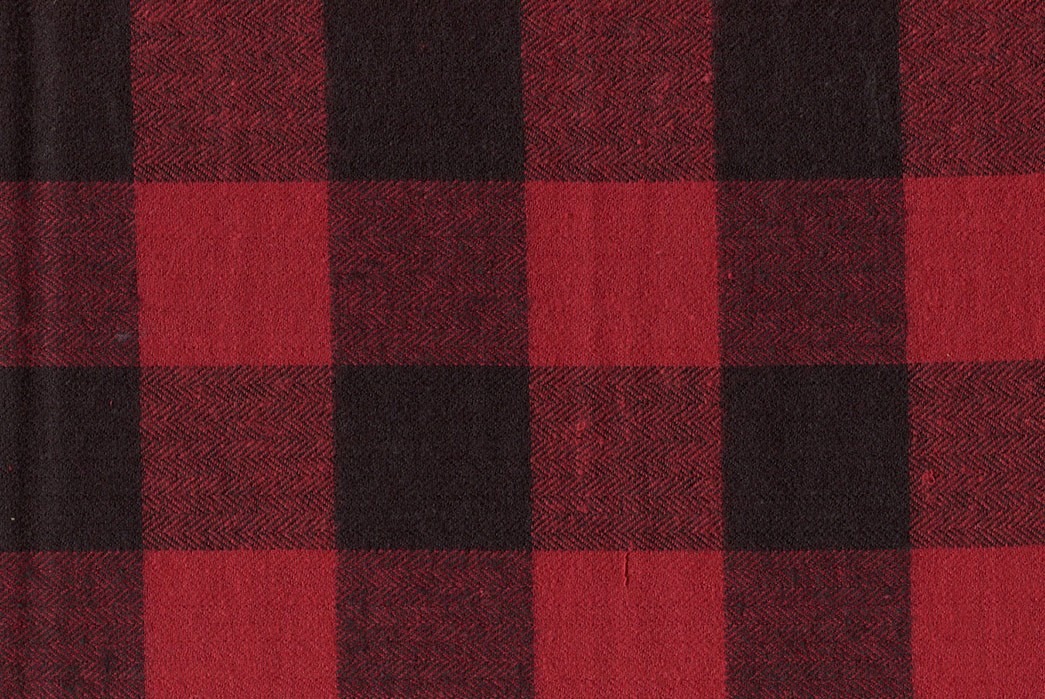
Image via Joann.
If Madras is the plaid of the Summer, then Buffalo reigns supreme as the winter plaid of choice. Buffalo Plaid consists of big checks in two alternating colors, iconic red and black. About as American as apple pie, Buffalo plaid was pioneered by Woolrich in the late-nineteenth century, when it would become highly popular among Lumberjacks and other outdoor-workmen due to its high visibility, endurance, and warmth. There are conflicting theories as to where the name ‘Buffalo plaid’ comes from, but rumor has it that the original designer of the style tended to a herd of Buffalo.

Vintage Woolrich Woolen Mills Advertisement. Image via Pinterest.

